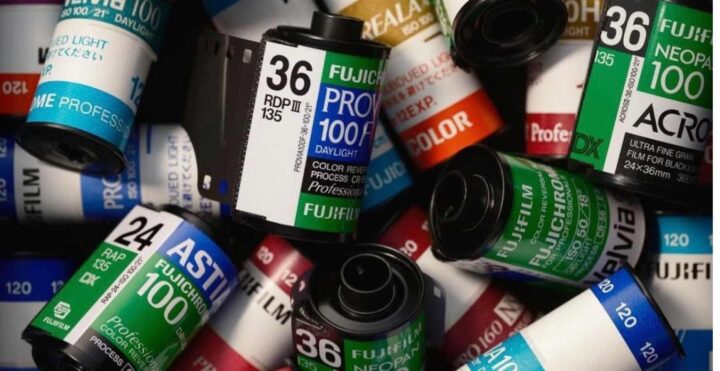Reframing the Debate: Fujifilm Film Simulations as a RAW Photographer’s Ally

Stop Hating Film Simulations
When we posted the rumor about the Fujifilm X-M5 having the film simulation dial, there were again some who just snubbing the concept of using Fujifilm Film Simulation overall. For example here:
I’m the Maestro I shot RAW files and make art from them.
I get the point. Shooting RAW opens up lots of creative possibilities in post processing.
But here is the thing: Fujifilm Film Simulation are not necessarily intended to stop you from using RAW files, but they can be a helpful (and extremely time saving) starting point when editing your RAW files.
Here is a real life example from my own shooting experience.
When I shot my best friend’s wedding, I captured everything in RAW (+JPEG). Out of countless photos, I chose 129 to edit. My first step was setting the right vibe by adjusting the colors. Some images called for a vintage look (Classic Chrome), others needed vibrant colors with good skin tones (Astia), some looked best in black and white (Acros), and for tricky indoor lighting, ProNeg Standard or High worked perfectly.
Choosing the right Film Simulation in Capture One was quick and easy – just a few seconds per image – and then I could move on to other edits like cropping and sharpening. This made the color correction process fast and efficient, even with RAW files.
So, it’s a misconception that Film Simulations are only for JPEG shooters. They can speed up RAW editing significantly.
At the end of the day film simulations are just a tool that can be super helpful also for RAW shooters, if they want to save time editing. And of course they are a true blessing for JPEG shooters, as you get the best colors of any digital camera with just a click of a button… or a turn on the dial, if you use the X-T50 or the upcoming X-M5.

